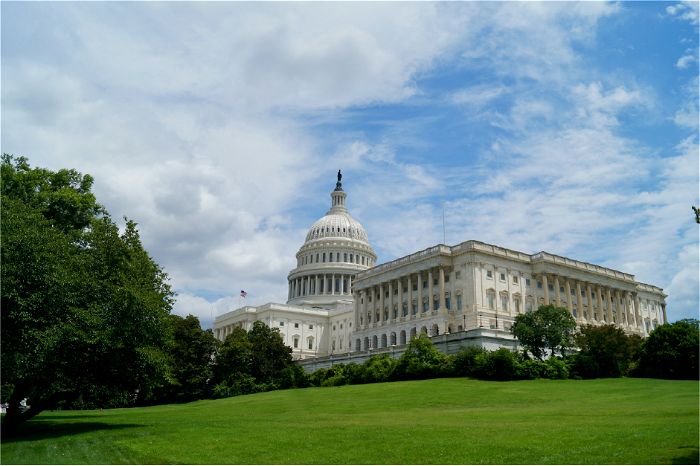
Lessons in Leadership and Governance: Structures and Commitments for Scaling Regional College and Career Pathways Systems
While there is no one-size fits-all approach to leadership in college and career pathways systems, this report highlights important structures and commitments that contribute to strong leadership and governance systems. While there is no one-size…




